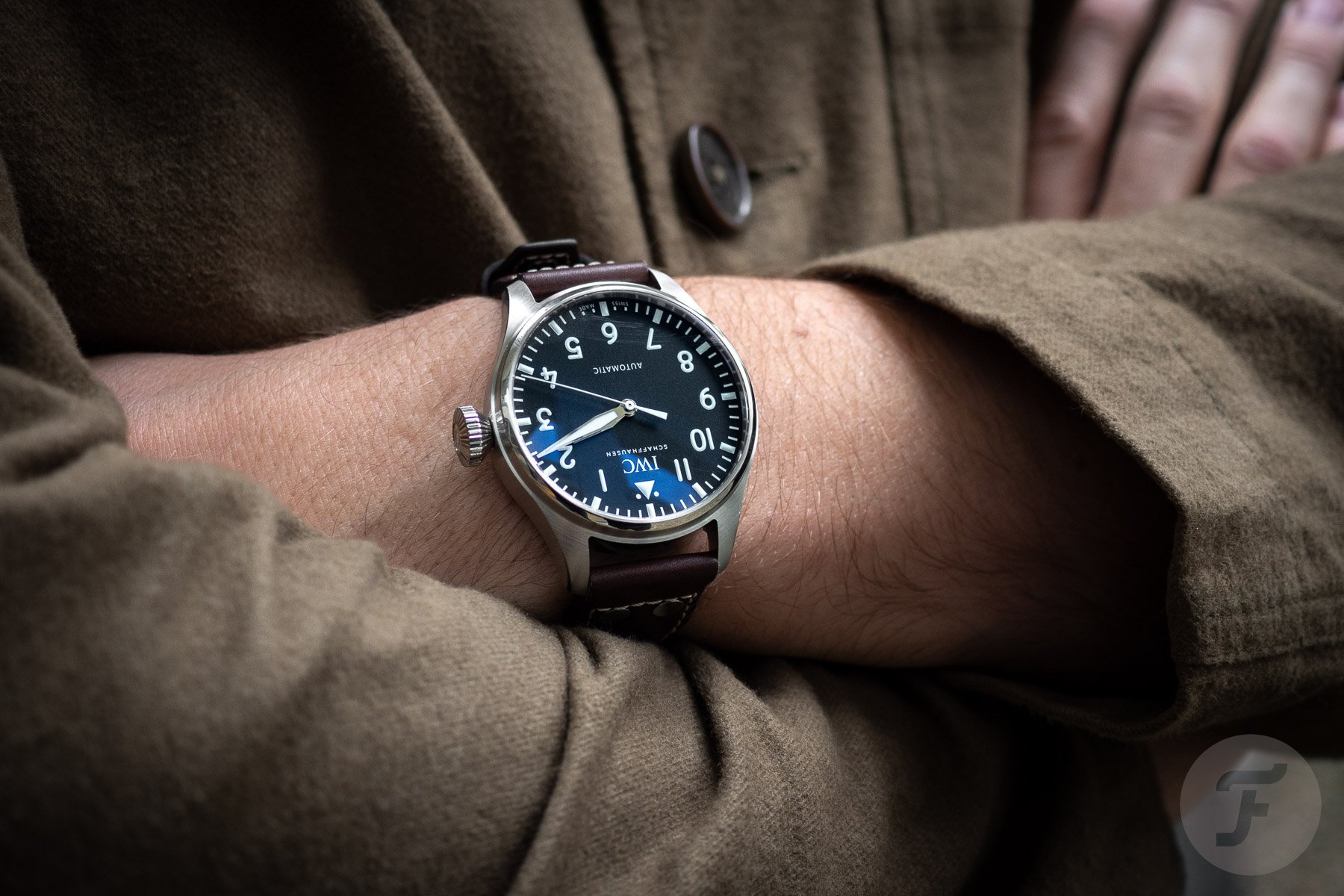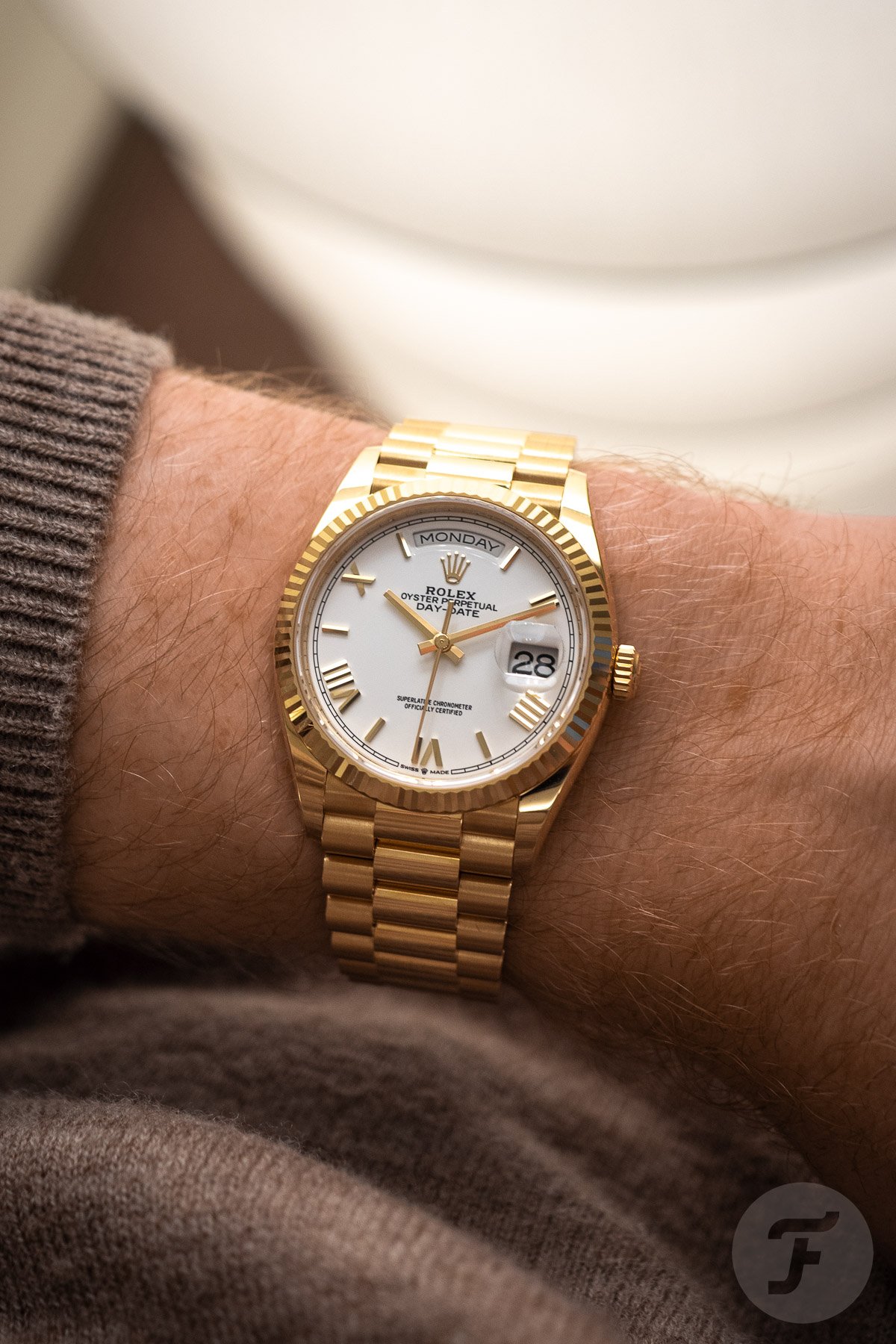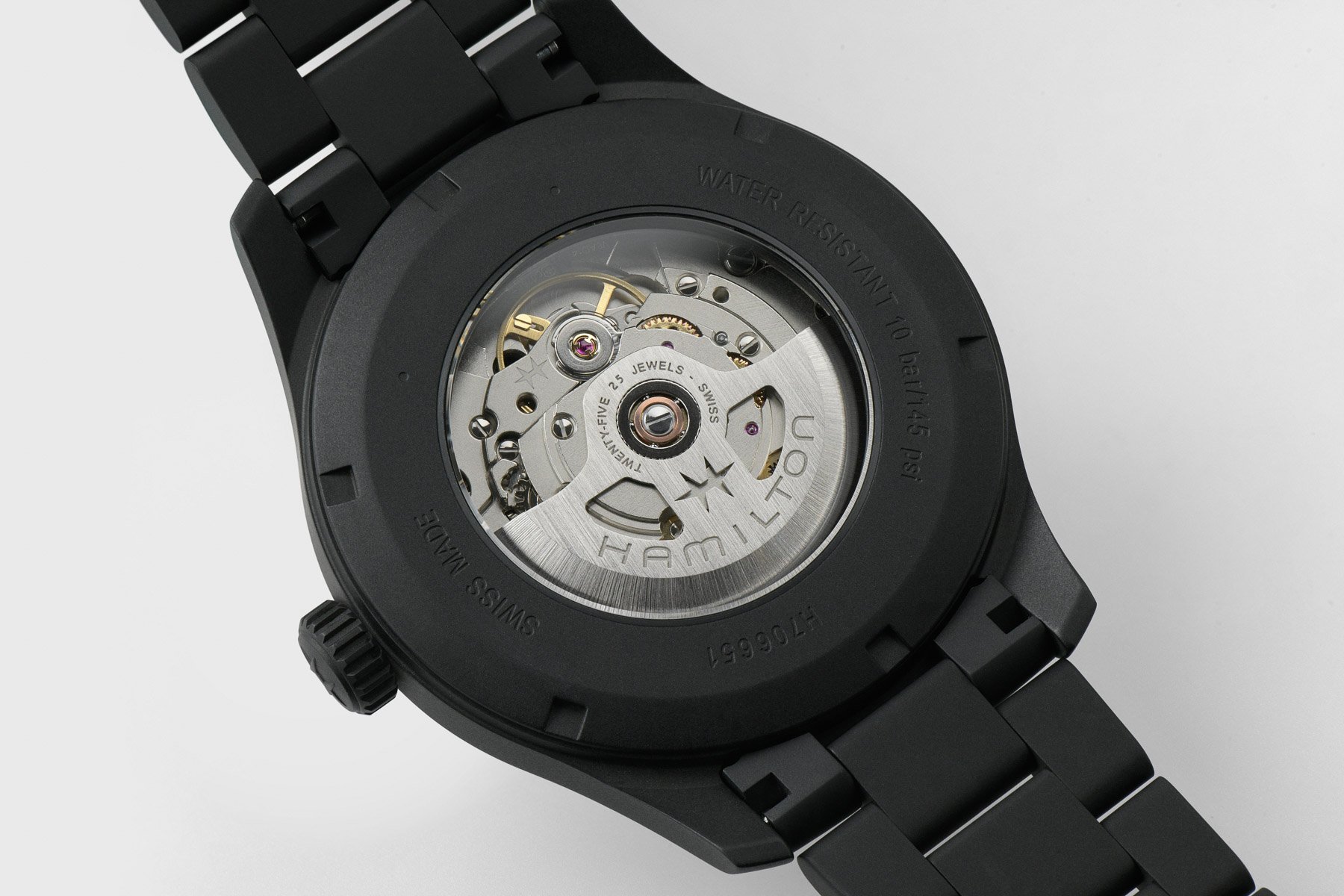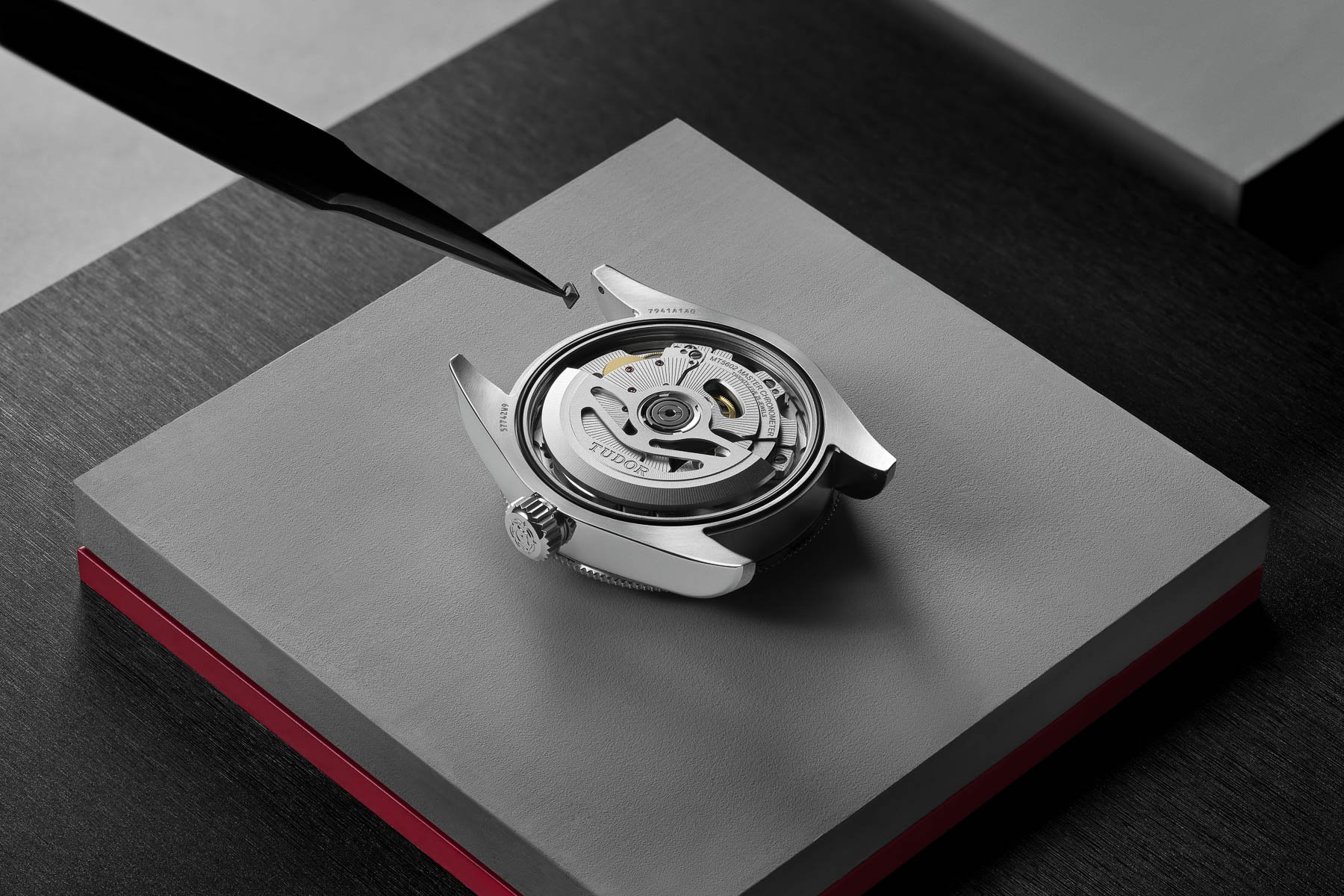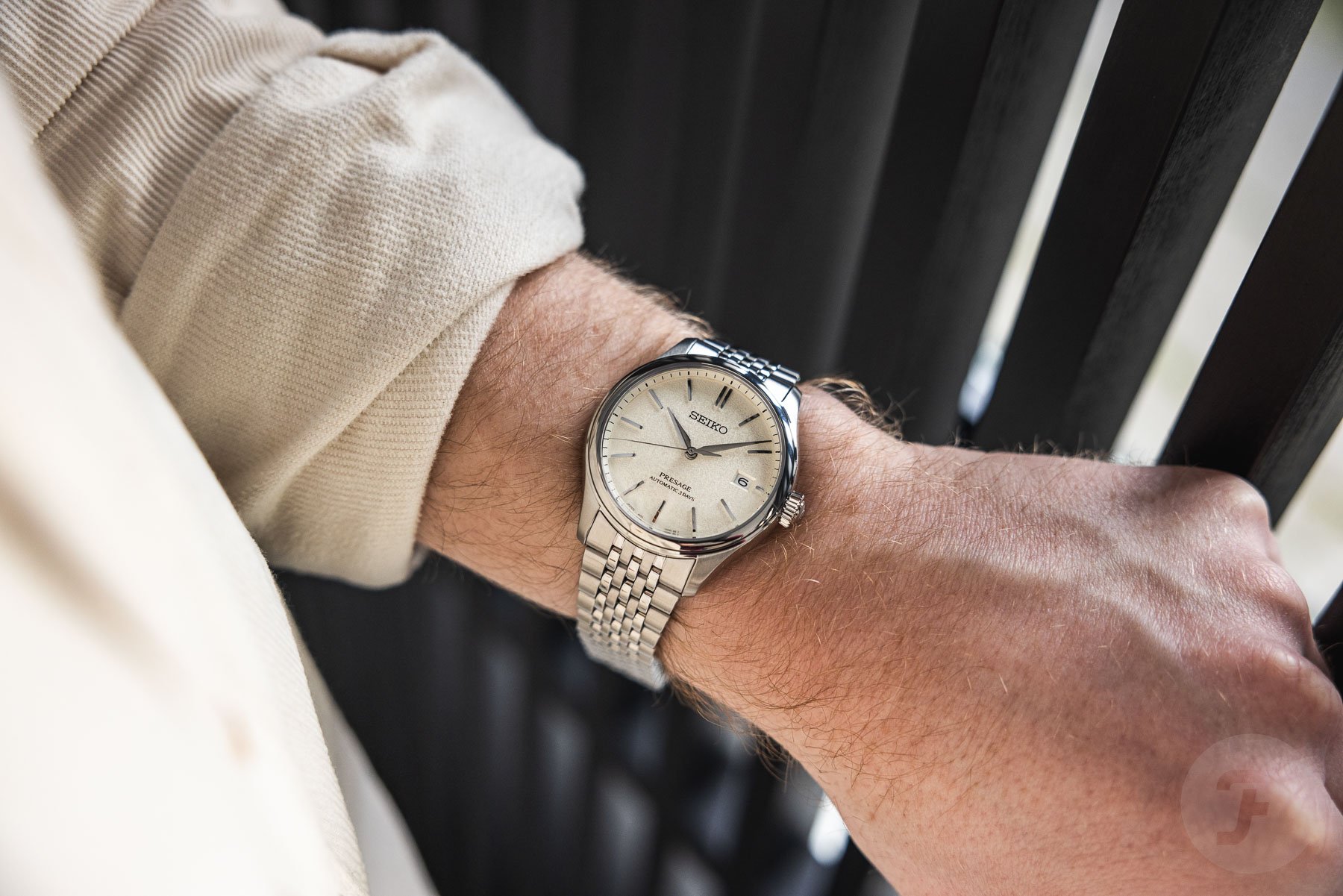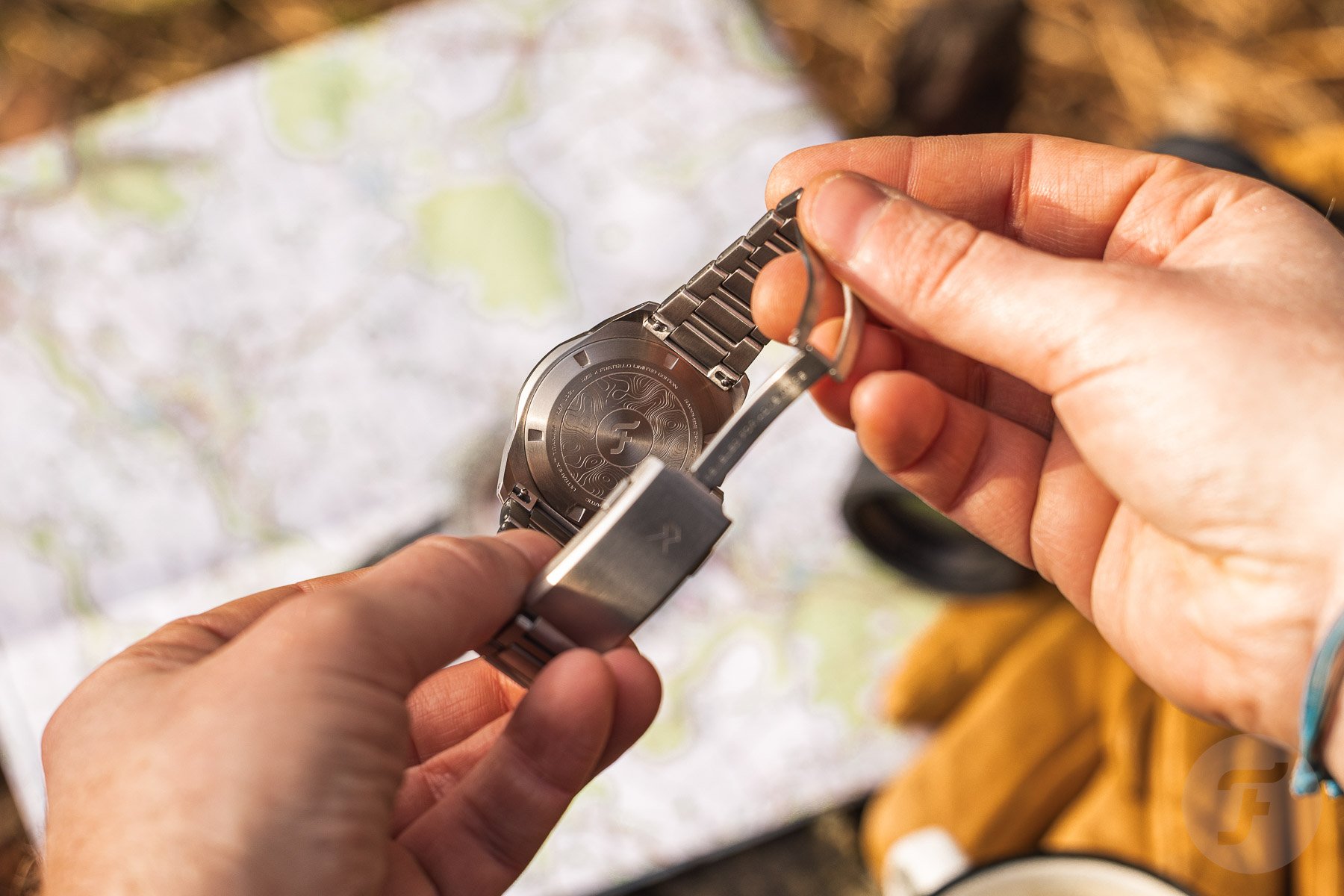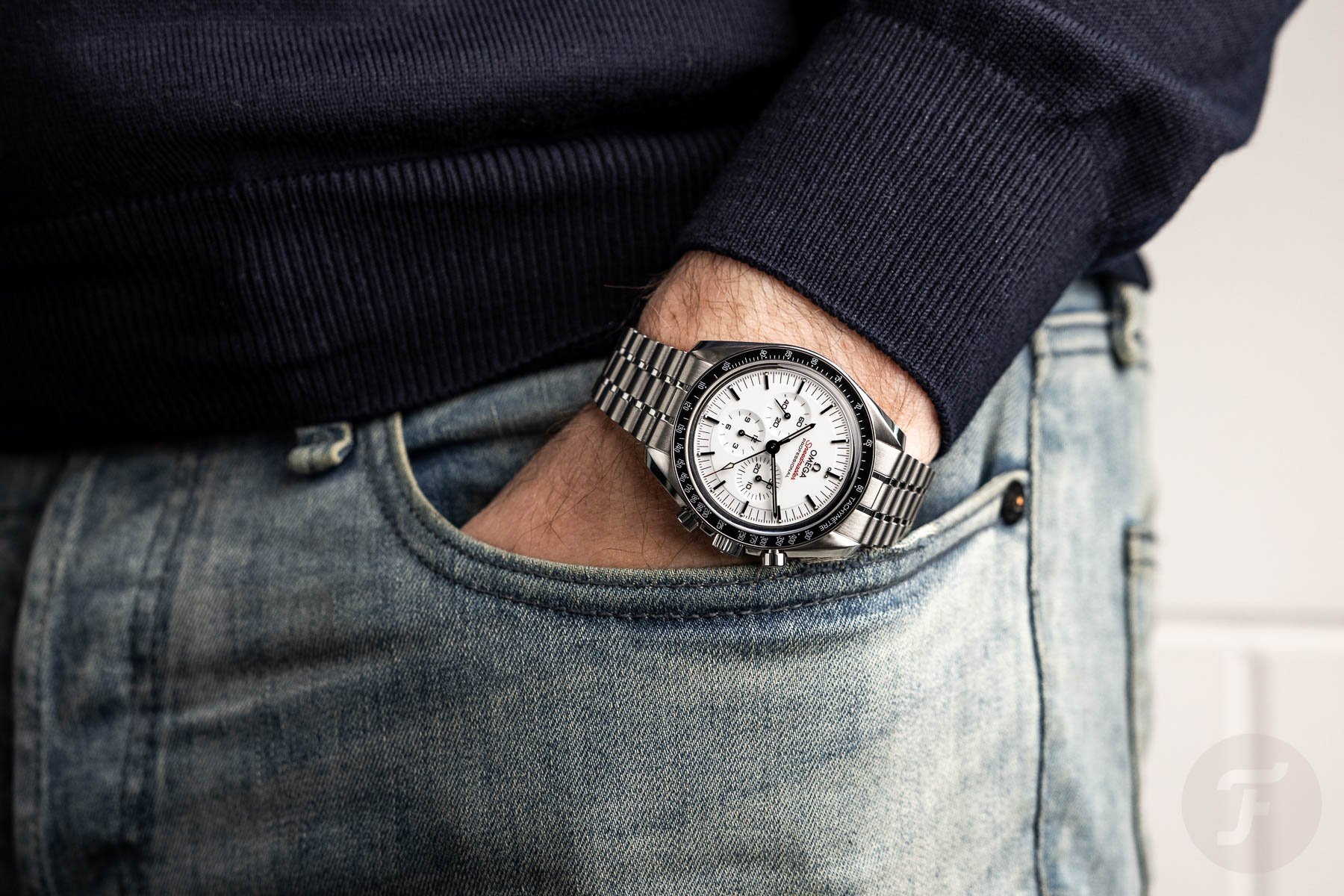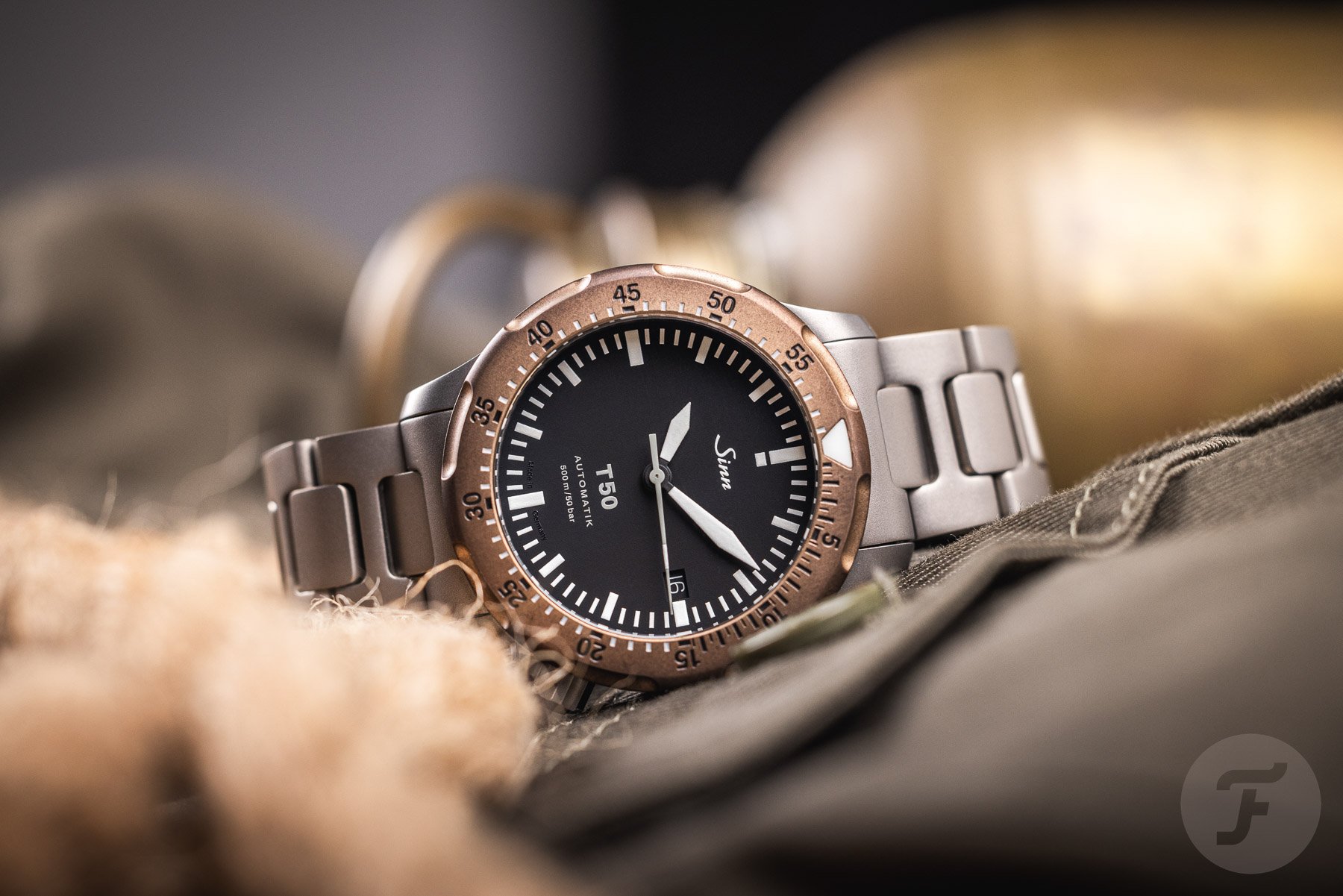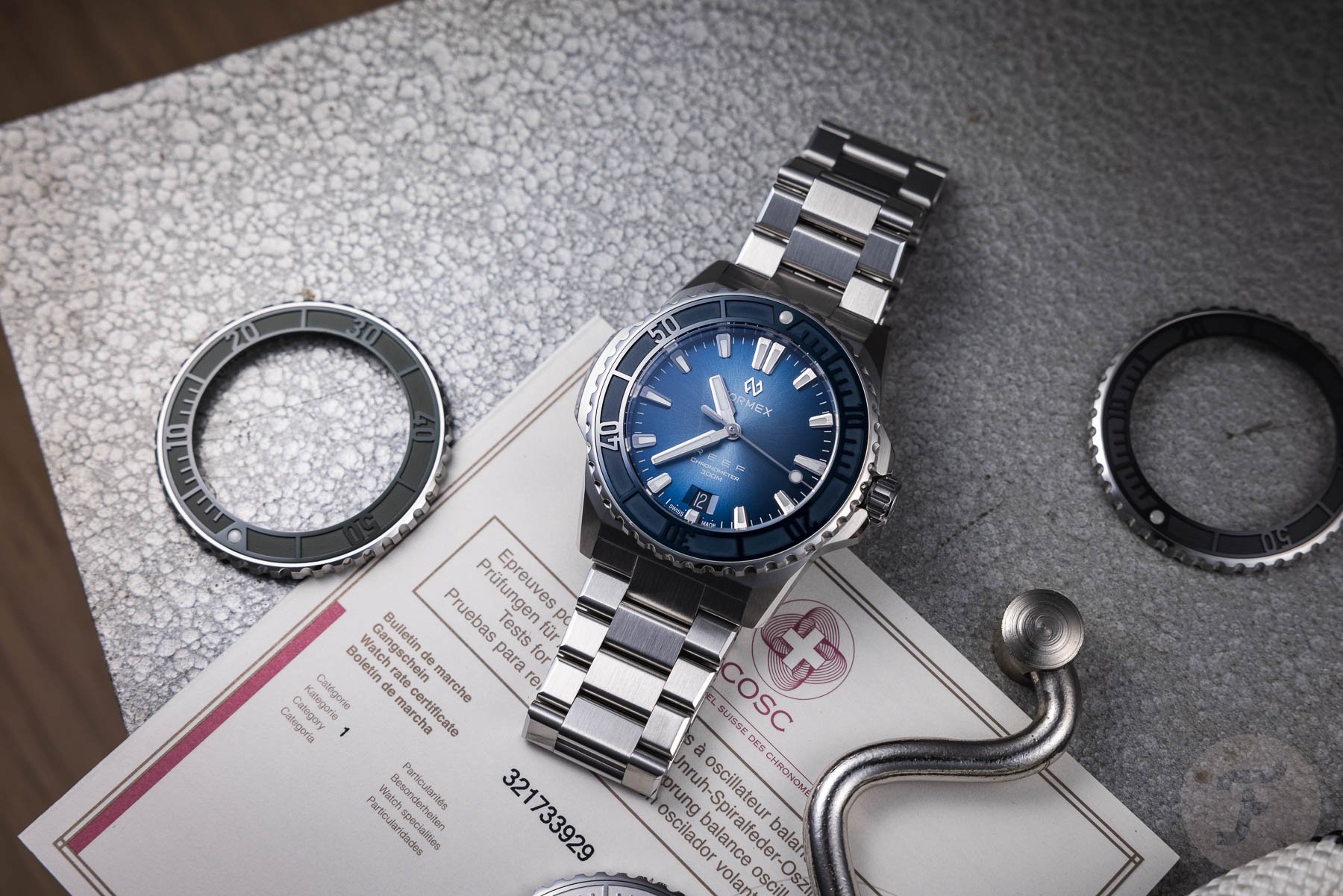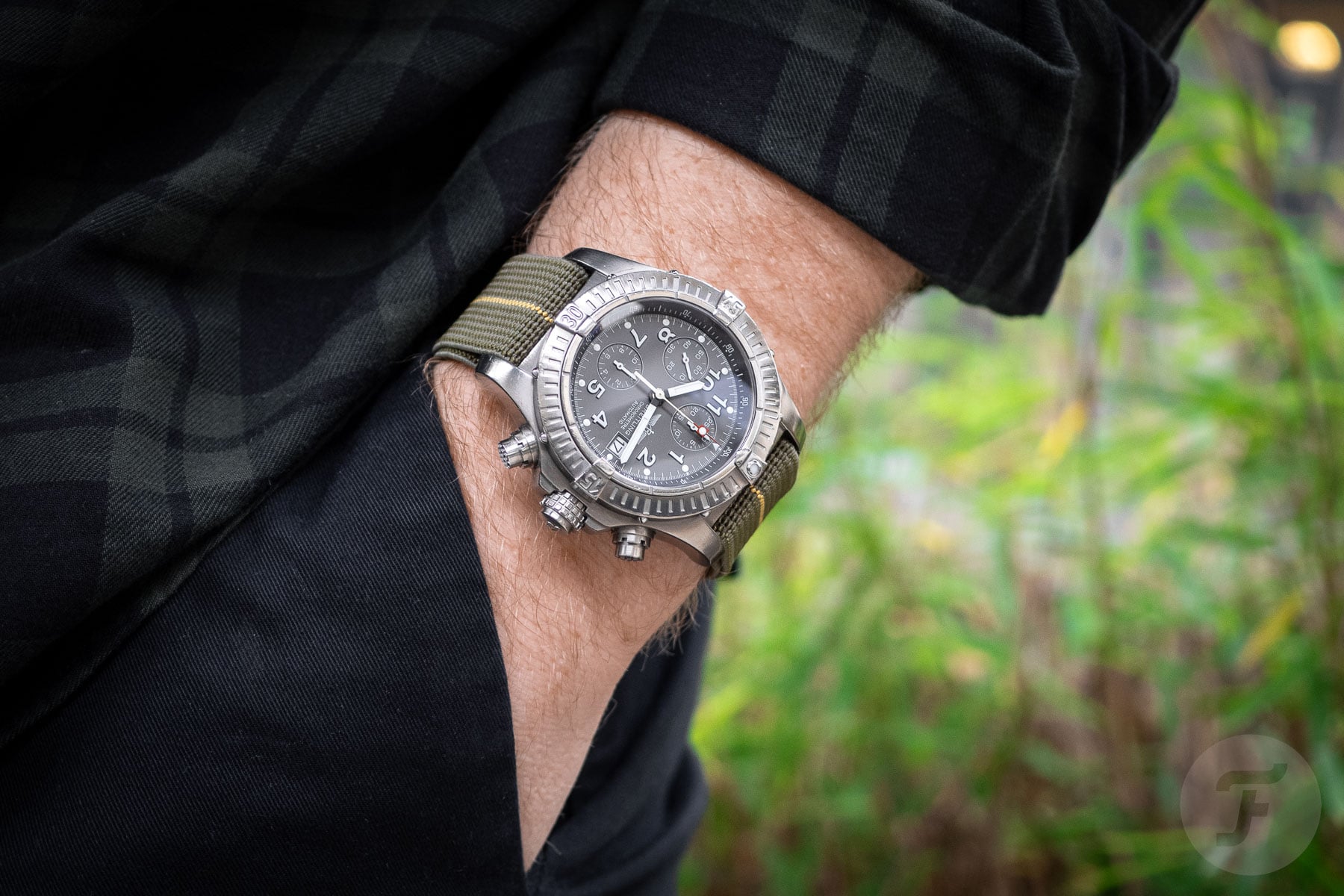Back To Basics: How To Read And Use A Watch’s Spec Sheet
I am happy to bring you another installment of Back to Basics, the series aimed at newcomers to our beautiful watch hobby. This time, we will have a closer look at watches’ spec sheets. A spec sheet serves as the manufacturer’s effort to capture a watch in numbers and facts. But what do these mean, and how should we value them in our evaluations of a watch and, ultimately, purchase decisions?
I will try to answer those questions here. As always with Back to Basics, the primary aim is to help budding watch enthusiasts find their footing. However, if you are a seasoned collector, there may still be something here for you. Everyone is also invited to weigh in with additional tips in the comments below the article.
The materials and dimensions in the spec sheet
Let me start by covering the different sections you will find in a spec sheet, starting with the materials and dimensions. Every brand has a particular way of sharing and grouping specifications, but materials and dimensions are often bundled.
The materials are quite obvious and probably require little explanation. You may find steel, titanium, gold, platinum, carbon, or ceramic materials. It is a little too comprehensive to delve into the pros and cons of all of those materials here. I will devote another Back to Basics article to it soon. One thing to note is that you might come across proprietary names for materials, such as “Rolesor” or “Ceratanium.” You will probably want to do some research to find out what such a material is exactly. Additionally, the spec sheet should tell you what the crystal is made of, usually acrylic, mineral glass, or sapphire.
Dimensions may be limited to a case diameter in millimeters. Don’t let this fool you; the diameter of a watch tells you so little about how it will fit. Some manufacturers provide case thickness and lug-to-lug dimensions too. “Lug-to-lug” refers to the distance between the tips of the “horns” that hold the strap or bracelet on the 12- and 6-o’clock sides. This determines whether a watch falls within the confines of your wrist. “Lug width,” “interhorn width,” or “lug spacing” refers to the gap between the lugs on either side, which is the measurement you need when buying additional or replacement straps.
The movement details
You will usually find a dedicated section for the movement, also often referred to as “caliber.” Some manufacturers merely indicate “Quartz” or “Automatic.” This, of course, tells you very little. Some might add functions like “Hours and minutes” or “Time and chronograph.” Lastly, you may spot the accuracy, typically expressed in seconds of deviation per day. More likely, though, you will see more advanced descriptions worth looking into.
First, you should see whether a mechanical movement is of the hand-wound or automatic/self-winding variety. Next, you may see a jewel count. Jewels are made of synthetic corundum, and they are used to reduce friction. A rotating pinion, for instance, can be set in a “jewel” bearing. This prevents the friction and wear that would occur with metal-on-metal contact. The jewel count indirectly tells you how complicated a movement is. In reality, it doesn’t matter much to a potential buyer. More jewels aren’t better by definition, nor do they add value.
Next, you will see a beat rate or frequency, which is described in Hertz, beats per hour, vibrations per hour, or semi-oscillations per hour. Common beat rates are 21,600 and 28,800vph. This means the balance wheel in the movement “ticks” that many times per hour. 28,800vph translates to 4Hz, which, in a way that exceeds the scope of this article, sees the seconds hand jump forward eight steps per second. Generally speaking, higher beat rates allow for greater precision (and a smoother sweep of the seconds hand). This, however, comes at the expense of more wear and, therefore, shorter service intervals. Many brands consider the 28,800 pace to be the optimal sweet spot, but there are numerous reasons to deviate in either direction.
Other details you may encounter in a watch’s spec sheet
Depending on the manufacturer, you may find all sorts of other details in the spec sheet. One you will almost definitely see is the water resistance. This is usually expressed in atmospheres and/or meters/feet. Pilot’s watches might also indicate negative pressure resistance, which is relevant when flying in non-pressurized airplanes.
If the watch has luminous hands and indices, you may spot the make and color. For instance, Super-LumiNova C3 is the RC Tritec company’s brightest lume, and it glows green. The strap or bracelet will usually also be specified in the spec sheet. You may see descriptions of the leather used and the type of clasp. You may also learn if there are any added features, such as quick-release or micro-adjustment mechanisms.
One final thing worth touching upon is the use of terminology around proprietary parts. Many brands use externally sourced movements by, for instance, Sellita or Miyota. Some use partly customized versions, while others use proprietary designs sourced externally. Others design and produce their calibers. The problem is that many manufacturers like to suggest the last one when it may not be true. An externally sourced (aka ébauche) caliber may be renamed. Brand XYZ might use Sellita SW200 movements but call them Caliber XYZ. If you want to know whether the caliber you see is fully in-house, proprietary, or externally sourced, google the caliber name. There are many websites that will tell you what the caliber is based on. You can read more about the pros and cons of each type in this earlier article.
How this information can help you
Now we come to the key question: what can you actually learn from a spec sheet? Well, quite a lot and not so much at all, to be truthful. Allow me to explain. The spec sheet is great for finding out some basic parameters about a watch. You can learn, at a glance, that a watch is relatively small, stainless steel, and highly water resistant with an automatic caliber, for instance.
Certain specs indicate a certain quality level. Some ébauche calibers, for instance, are common in very affordable watches. Similarly, sapphire crystals are usually found on more expensive watches. As a result, you will often see people put a value on a watch based on the spec sheet. “This watch features a Valjoux 7750 caliber, so a fair price for it is X.” This is, unfortunately, a gross oversimplification that rarely makes much sense.
Simply put, you can find nearly all of the specs on your wish list in the €500–1,000 segment — automatic, screw-down crown, sapphire crystal, micro-adjustment, quick-release, regulated caliber, etc. So why would you ever spend more? Well, because of refinements that quickly add up but aren’t necessarily reflected in the spec sheet. If you want to learn more about that, check out this earlier article on what makes a watch good.
Comparing watches by their specs
You may have already gathered that I like to downplay the importance of the spec sheet. Watches are hard to compare, and specs only paint a very vague picture. Take dimensions, for instance. I often see statements like, “I don’t wear anything over/under 40mm in diameter.” That’s a cool statement to make, but it doesn’t make much sense. A watch’s perceived size is only very loosely related to its diameter. Even with the lug-to-lug and thickness added, it only tells you so much. Case curvature, dial size, color, choice of strap/bracelet, end-link design, lug shape, and even watch genre all massively impact the wrist presence.
Also, you can find watches with identical spec sheets (including movements), yet one might cost several times as much as the other. And that may be fully warranted. Both can be great value; it just depends on a host of preferences and priorities.
A watch’s specs are the results of hundreds of design and engineering choices. Take water resistance. A 100m rating is plenty for 99.9% of people. To double it, you need thicker materials. This is a design choice, not an indicator of quality.
So, how do you use a spec sheet?
My advice would be to take specifications as a rough starting point. The dimensions can tell you whether you are dealing with a smaller or larger watch but rarely if it will fit you perfectly. The caliber can give you an idea of the performance, longevity, and serviceability you may expect. You may have a preference for certain materials, features, or technical solutions, which you can learn from the specs.
However, to accurately estimate whether a watch is worth its asking price, you need a much higher-resolution image than the spec sheet can paint. It takes knowledge and a trained eye. You have to handle the watch to know for sure. You may have to take a loupe to it to truly appreciate the work that did or did not go into it.
Similarly, to know whether the watch is for you, you need more than just the specifications. Any watch over €20 is a luxury purchase. This means its primary function is to provide you with the subjective experience you are after. If maximizing for features and specs provides you with the satisfaction you seek, the spec sheet is your Garden of Eden. I reckon for most, however, it is a proxy for quality that provides a sense of control it’s neither truly suited nor intended for. If it were up to me, we would value design, aesthetics, build quality, and finishing a little higher.
How do you use the specs when evaluating a watch? Let us know in the comments below!

